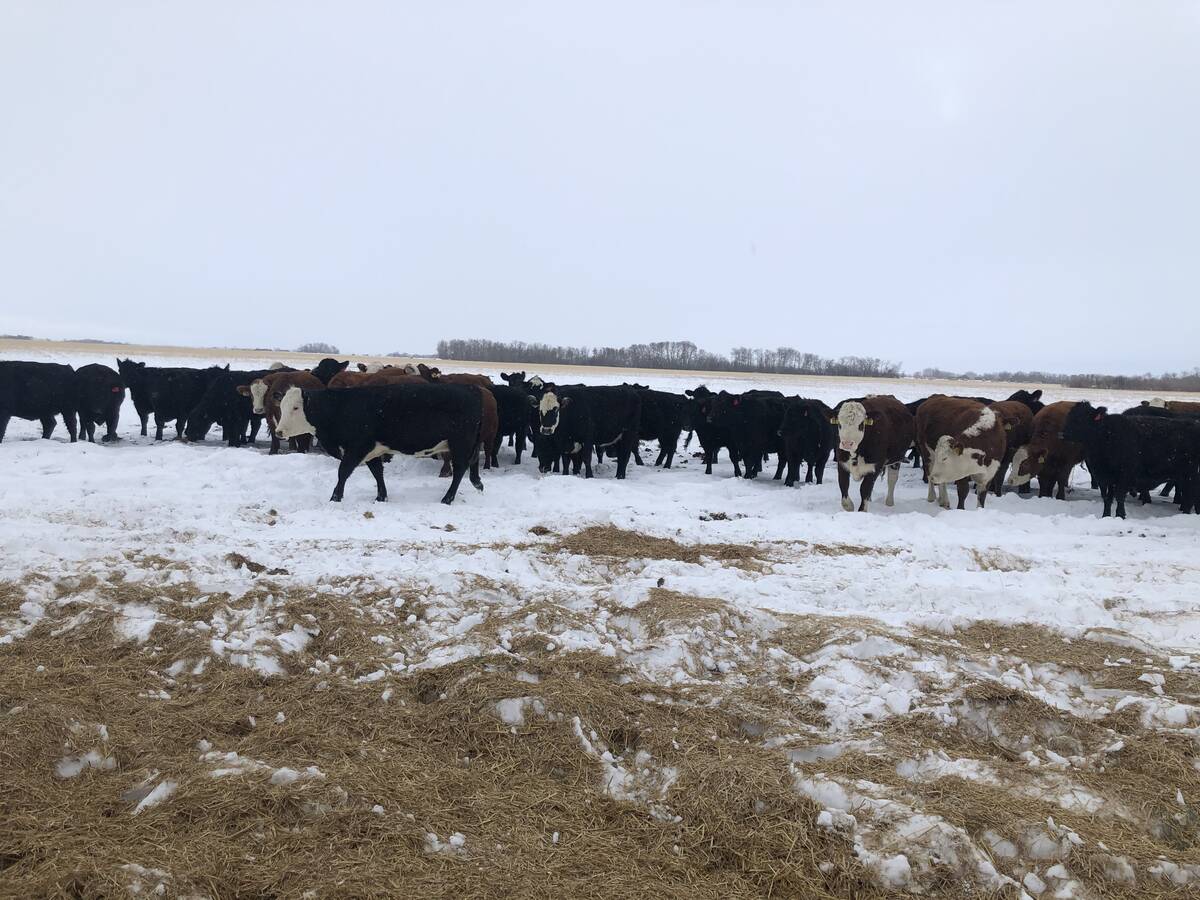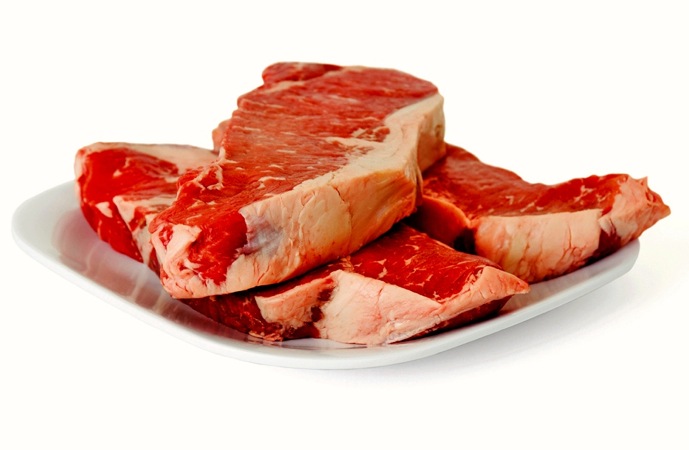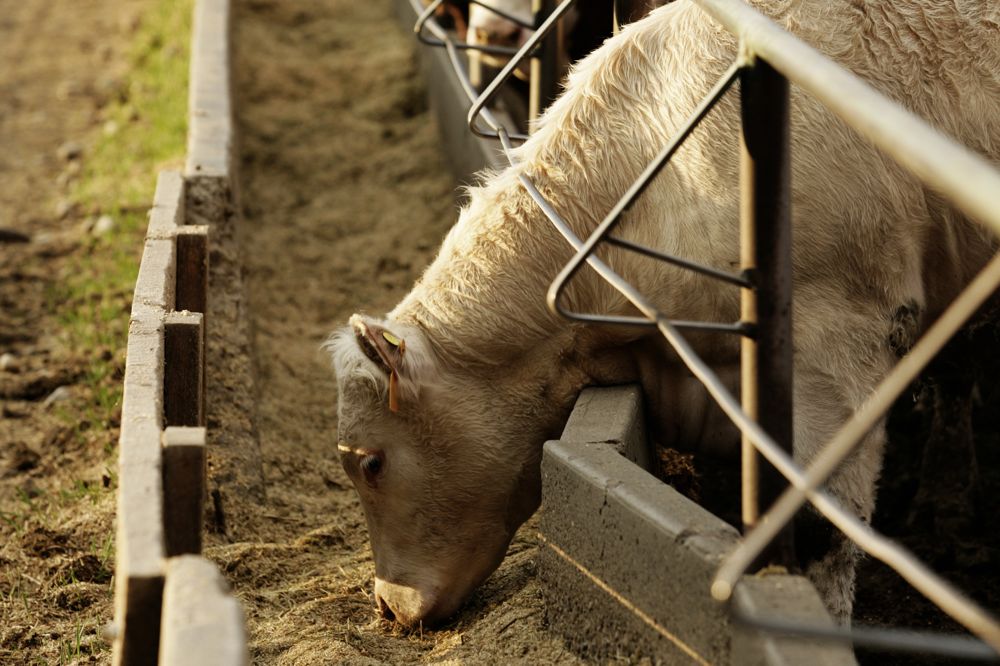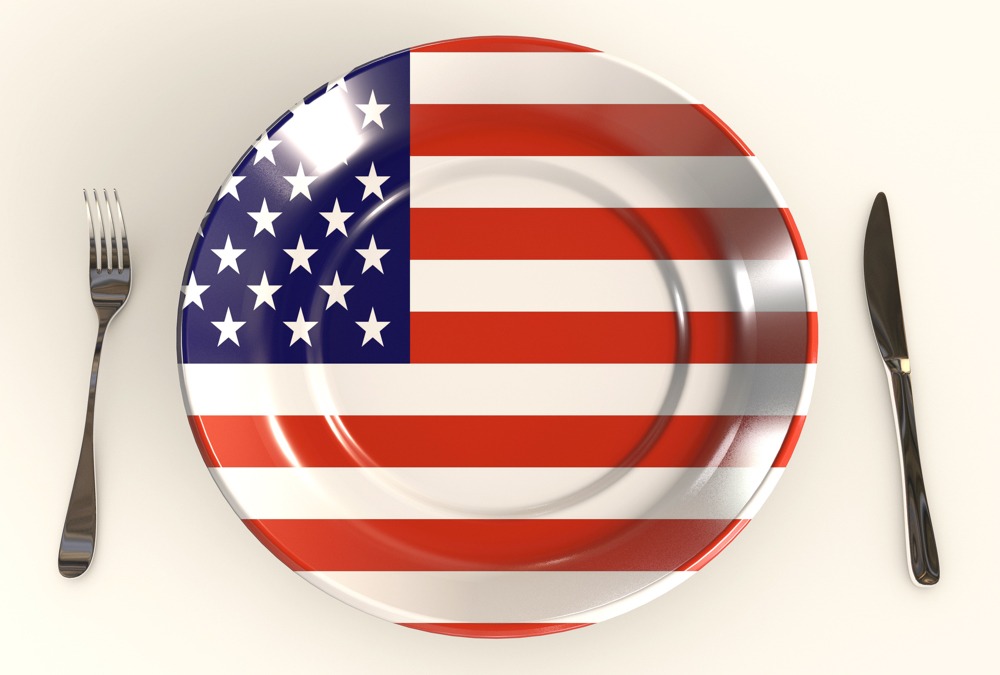Texas A&M University’s Agricultural and Food Policy Center co-ordinated and has published a 201-page study authored by 17 agricultural economists and market analysts from 10 different universities, plus support from the USDA chief economist. Entitled U.S. Beef Supply Chain: Issues and Challenges, the study was commissioned in August of 2020 by the U.S. House Agriculture Committee to examine fed cattle pricing.
The authors include well-known livestock economists who have been following the cattle industry for many decades as well as those working in it for enough years to see the cycles. They also have had the time to study the data gathered by USDA plus their own work to base conclusions on.
Read Also

Picking the most efficient cows to rebuild your cow herd
A new cow ranking system to help beef farmers and ranchers pick the most efficient cows as they rebuild their herds.
The key findings of the study bolstered the viewpoint that cattle prices still reflect supply and demand balances rather than concentration or improper activity. However, the group took pains to reference and examine criticisms voiced by cattle producers concerned with the operation of the markets.
Key findings: Alternative Marketing Agreements (AMAs) do not create market power themselves because they do not change underlying supply and demand fundamentals. The study found the economic research confirms that the benefits to cattle producers of the packing industry’s economies of scale “largely offset” the costs associated with any market power gained by packers. The effects of any market power have been small.
AMAs originated with feeders attempting to capture value from improved quality of cattle. There has been “tremendous variability” between different geographic regions in the use of AMAs. The Texas-Oklahoma-New Mexico regions have been far and away the biggest users.
Another important factor driving the use of formula pricing has been the “significantly reduced transaction costs” from negotiating prices. It also provided more predictability in the supply chain.
Some folks might be surprised that the experts believe that price discovery is still robust, even if based on 30 per cent of the market as negotiated cash.
What about mandated negotiated cash minimums? The analysts agreed that the costs caused by a mandate would be huge. The potential is there for those costs to be passed on down to the cow-calf producer, disappointing those hoping mandates would improve their prices.
The economists pointed out that the effectiveness of any mandate would be drastically affected by the way the statute was drafted, determining practical enforcement by USDA. The transaction types are so loosely defined in proposed legislation that there is a lot of leeway in transaction reporting. This could affect the actual outcome versus intentions.
While concluding price discovery is still robust in the fed market, more transparency would help build confidence in the market, the study said. A contract library could help.
One thing the authors of the study repeated is that the cattle industry does have a cycle and the relationship between packing capacity and the cattle supply changes over time.
My additional thoughts: Some of the complaints from cattle producers in recent months have concerned the margins packers have enjoyed vs. margins for cattle feeders and cow-calf operators.
I’ve pointed out that fed cattle sales and packers’ sales to retailers or foodservice operators are two different transactions between different industry sectors. There are different supply and demand factors involved.
Foodservice and retail operators are motivated by the quality and price demand from their customers. They aren’t concerned about calf prices or fed cattle prices. Retailers are affected by competition from supermarkets in their area, by seasons and holidays, features they can get from processors, beef movement, customer economic strata and response to price increases.
High boxed beef prices in 2021 resulted from several factors, including strong retail demand from consumers cooking more at home, stocking up freezers more than usual and buying whenever they could get something they wanted. Foodservice demand began picking up. Both retailers and foodservice operations absorbed some price increases early in the pandemic. Retailers wanted to keep customers happy and coming in and keep their volume up. Foodservice operators were trying to build business back and faced difficulties in reliably obtaining some key products for menu items. Many restaurant patrons were so happy to be able to eat out and socialize, they would pay higher prices. Demand was stronger than in 33 years, meaning lots of upward pressure on boxed beef prices. Restaurants were plagued by shorted orders and unavailability of some cuts forcing smaller menus.
Bottom line: Packer throughput was not able to keep up with the demand from retail and foodservice customers. Retail and foodservice customers bid up boxed beef prices to get the cuts and quality they wanted when they hoped it would be delivered.
Boxed beef prices have dropped substantially in recent weeks because the beef pipeline has finally been restocked from most of the pandemic disruptions. Retailers are waiting to see how far prices will drop. Some retailers have raised prices and shoppers have backed off a bit.
















